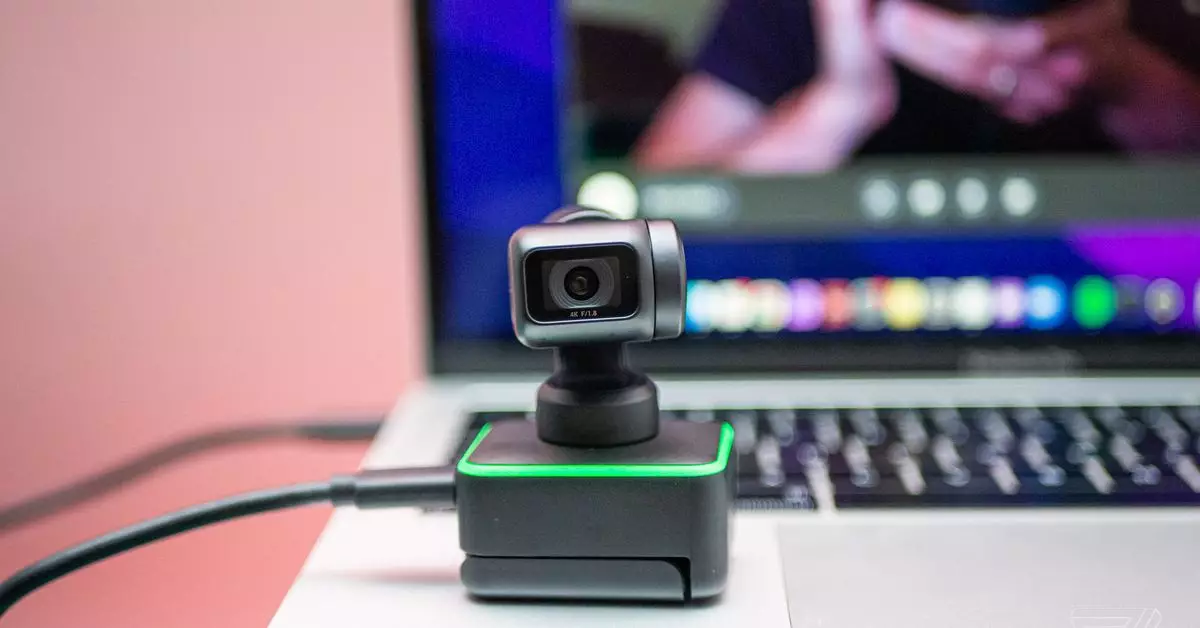In a world where remote work has become increasingly prevalent, the importance of creating a productive and comfortable home workspace cannot be overstated. This piece will explore the essential components that contribute to effective work environments, examining both practical tools and the nuances of individual preferences. It draws upon insights shared by various contributors to build a comprehensive understanding of how to optimize one’s desk setup for productivity and overall well-being.
When it comes to choosing furniture for a home office, ergonomic design should take center stage. Laptops and makeshift desks can lead to discomfort and long-term health issues, particularly in the form of back pain and repetitive strain injuries. An ergonomic chair can make all the difference in how one feels after spending long hours at a desk. For instance, an adjustable office chair, like the renowned HON Ignition 2.0, offers customizable features such as tilt and height adjustments to support good posture. Investing in such a chair may initially seem steeper in price, but it is an investment in wellness and productivity.
In personal anecdotes, many individuals, like the reviews editor who has worked through back problems, share the transformations they experienced after switching to ergonomic seating. The difference in comfort and support can be profound, effectively allowing for longer hours of work without the crippling discomfort that often accompanies substandard seating arrangements.
Another key element for an optimal home office is display technology. In creative work, visuals play an essential role, and having appropriate tools becomes a necessity. A 4K UHD display, such as the Huion Kamvas Pro 24, allows for an incredible resolution that can enhance creative projects, making it easier to focus on intricate details. Beyond merely serving as a screen, a high-quality drawing tablet represents a merge of technology and creativity, empowering users to express ideas with immediacy and precision. This sort of visual technology caters to both work and leisure, creating seamless transitions between professional tasks and personal projects.
Moreover, having multiple displays can enrich the workspace as it allows for more organized multitasking. It enables a fluid workflow where creative endeavors and administrative tasks can coexist harmoniously, keeping distractions at bay.
Smart technology and devices serve a vital role in modern home offices. Devices such as smart speakers not only add convenience but also improve productivity. An Amazon Echo Dot, for example, does more than just play music; it integrates with smart home systems, manages schedules, and even alerts users about deliveries. This hands-free assistance is invaluable, particularly during intense work sessions when it can be challenging to divert attention for mundane tasks.
The intersection of technology and ergonomics also extends to peripherals. An ergonomic mouse, like the Logitech MX Vertical, can mitigate wrist strain while enhancing performance. Such devices cater to the fine balance between functionality and comfort, reinforcing the idea that each component of an office setup contributes to a person’s overall work experience.
Sound quality is another consideration when curating a workspace, especially for tasks involving communication and focus. Premium headphones, such as Apple’s AirPods Max, revolutionize how individuals engage with audio during work. Exceptional sound quality, combined with effective noise cancellation features, allows for an immersive experience whether listening to music during work or partaking in virtual meetings.
Integrating high-quality audio solutions can minimize distractions from a noisy environment, especially in shared living situations. Furthermore, such technologies facilitate clearer communication during video calls, preventing the common frustrations of misunderstanding that often arise from inadequate audio.
Ultimately, the best home office setups are personalized spaces that reflect the individual’s work style, preferences, and needs. Clutter and organization are also common themes, as many working professionals find solace in both the mess of creativity and the structure needed for productivity. Observations from various contributors recognize that while some seek minimalism, others thrive in more dynamic environments, emphasizing that there is no one-size-fits-all solution in creating effective workspaces.
As remote work continues to evolve, so too must our understanding of what constitutes an effective home office. By investing in ergonomic furniture, advanced technology, and customized audio solutions, anyone can foster a workspace that nurtures productivity and creativity. The journey toward optimizing a work environment is ongoing and deeply personal, where the culmination of all choices leads to a unique blend that supports both ambition and well-being.


Leave a Reply